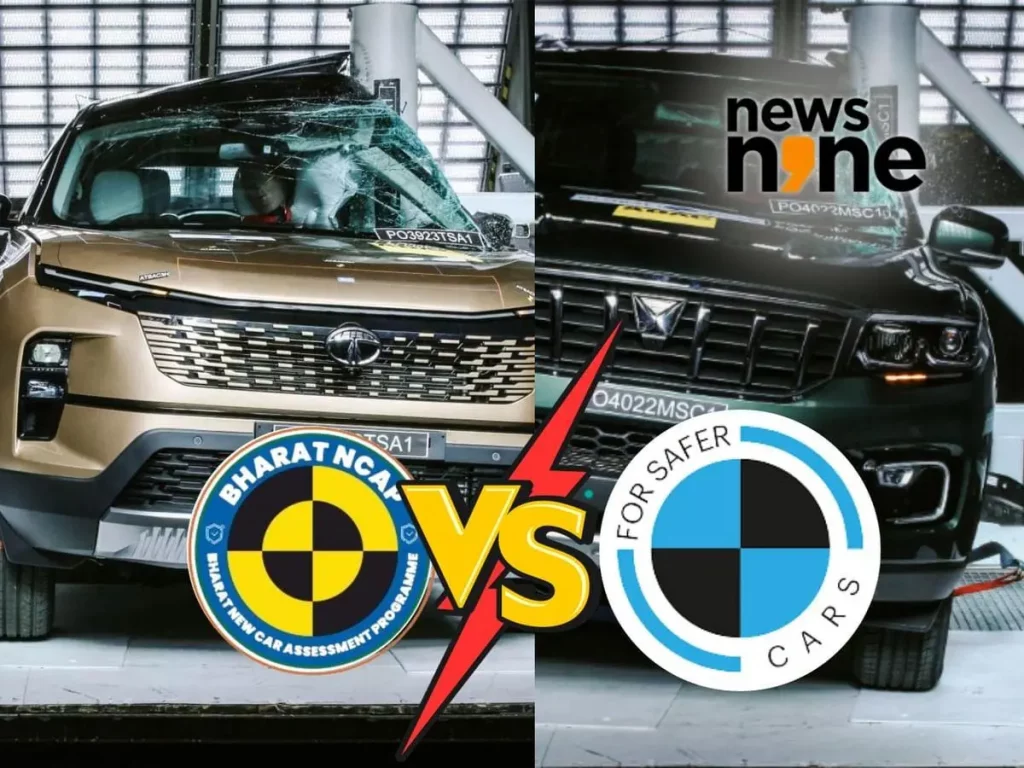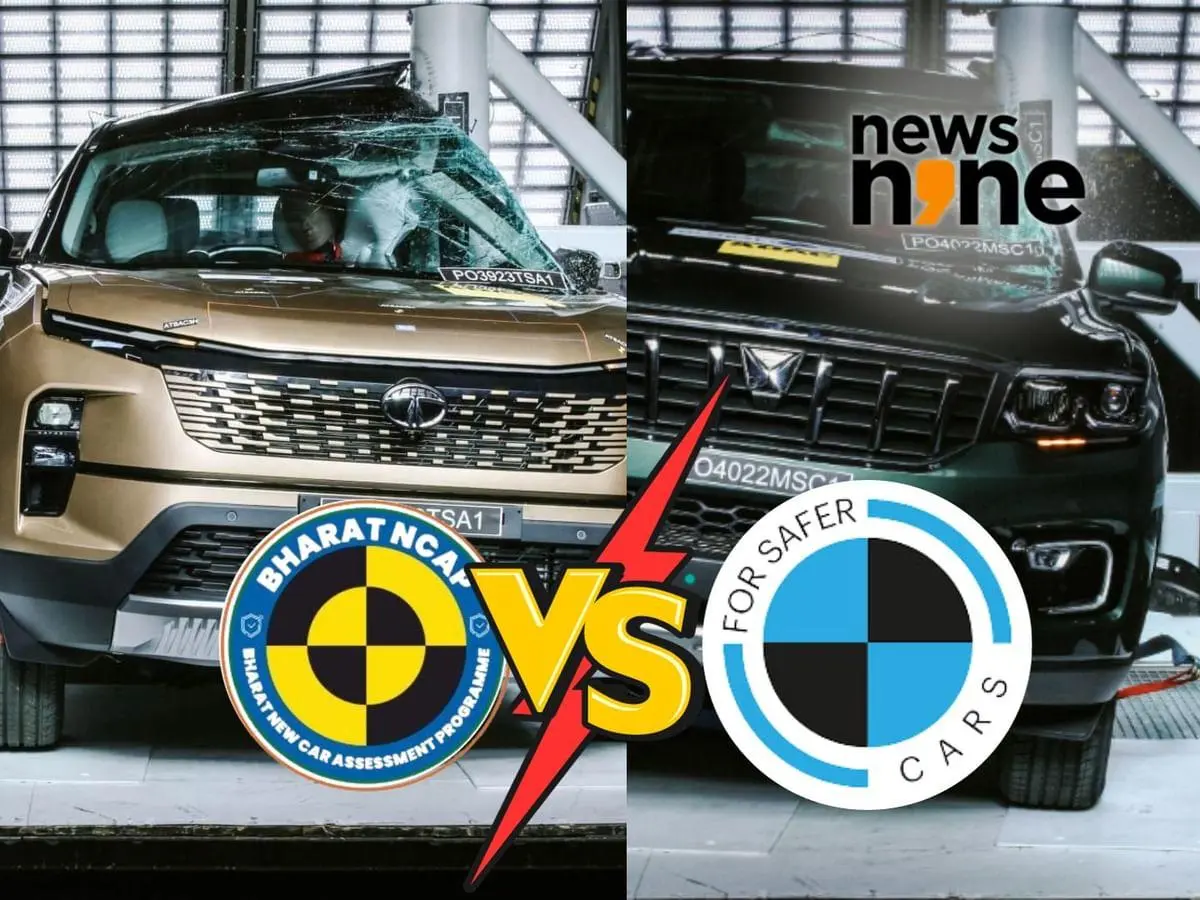
In the realm of automotive safety, the Bharat New Car Assessment Programme (Bharat NCAP) and the Global New Car Assessment Programme (Global NCAP) stand as significant benchmarks.
As vehicles become an integral part of our daily lives, ensuring their safety features becomes paramount.
Let’s delve into the nuances of Bharat NCAP and Global NCAP, exploring both their similarities and differences, and understanding their implications on car safety standards worldwide.
What are Bharat NCAP and Global NCAP?
Bharat NCAP and Global NCAP are independent organizations dedicated to evaluating and rating the safety of vehicles. While Bharat NCAP focuses on the Indian automotive market, Global NCAP operates on a global scale, encompassing various regions and countries.
Both organizations conduct rigorous crash tests and assessments to gauge the safety levels of vehicles, aiming to provide consumers with transparent information about the safety performance of different car models.
Key Similarities
- Crash Testing Protocols:
Both Bharat NCAP and Global NCAP employ standardized crash testing protocols to evaluate the safety performance of vehicles. These tests simulate real-world accident scenarios, assessing factors such as occupant protection, structural integrity, and the effectiveness of safety features like airbags and seatbelts.
- Star Rating System:
Both organizations utilize a star rating system to communicate the safety levels of vehicles to consumers. Higher star ratings indicate better safety performance, with a five-star rating signifying the highest level of safety.
- Transparency and Consumer Awareness:
Bharat NCAP and Global NCAP are committed to promoting transparency and consumer awareness regarding vehicle safety. By publishing detailed crash test results and ratings, they empower consumers to make informed decisions when purchasing vehicles, prioritizing safety alongside other factors.
Key Differences
- Testing Criteria:
One notable difference between Bharat NCAP and Global NCAP lies in their testing criteria. Bharat NCAP’s testing protocols are tailored to suit the Indian automotive market, considering factors such as vehicle size, weight, and common crash scenarios prevalent in the country. On the other hand, Global NCAP evaluates vehicles based on a broader set of criteria that may vary depending on regional regulations and safety standards.
- Regulatory Framework:
While Global NCAP operates as an independent organization, Bharat NCAP collaborates closely with governmental bodies such as the Ministry of Road Transport and Highways in India. This collaboration enables Bharat NCAP to influence policy decisions and advocate for the implementation of stricter safety standards in the Indian automotive industry.
- Scope and Influence:
Global NCAP’s reach extends beyond national borders, impacting automotive safety standards on a global scale. Its advocacy efforts and safety campaigns have contributed to significant advancements in vehicle safety worldwide. In contrast, Bharat NCAP primarily focuses on addressing the specific safety challenges and priorities within the Indian context.
Implications for Car Safety Standards
The coexistence of Bharat NCAP and Global NCAP underscores the importance of adapting safety standards to local contexts while striving for global harmonization.
As the automotive industry continues to evolve, collaboration between national and international organizations becomes crucial in driving innovation and improving safety technologies.
For consumers, the proliferation of standardized safety assessments ensures greater transparency and accountability within the automotive market. By prioritizing vehicles with higher safety ratings, consumers can play an active role in incentivizing manufacturers to prioritize safety in their design and production processes.
In conclusion, Bharat NCAP and Global NCAP represent two pillars of automotive safety evaluation, each playing a vital role in shaping safety standards and promoting consumer welfare.
While their approaches may differ in certain aspects, their overarching goal remains the same: to enhance the safety of vehicles and safeguard the lives of motorists and pedestrians alike.
Through ongoing collaboration and innovation, these organizations pave the way for a safer, more secure future on the roads.
